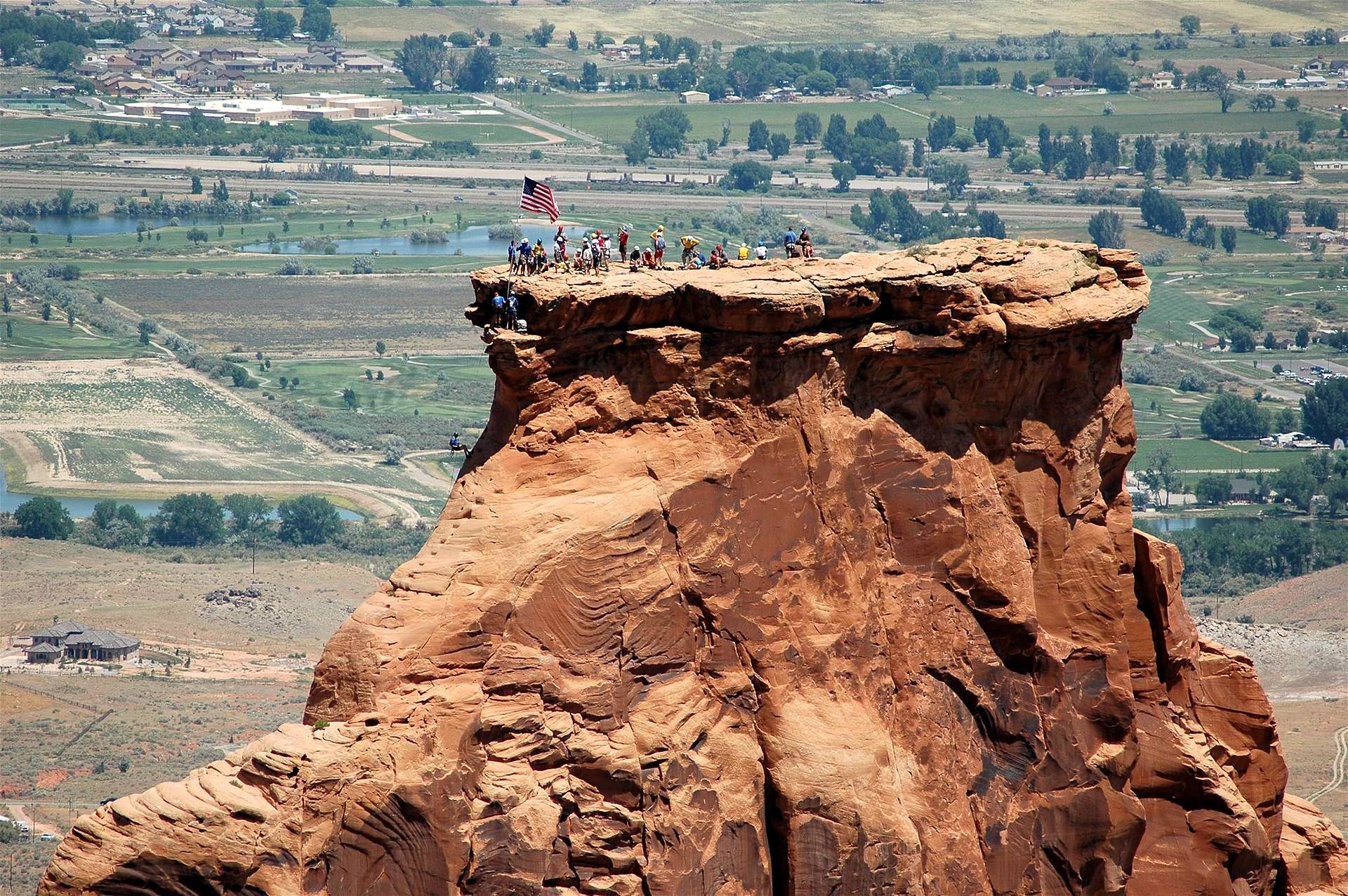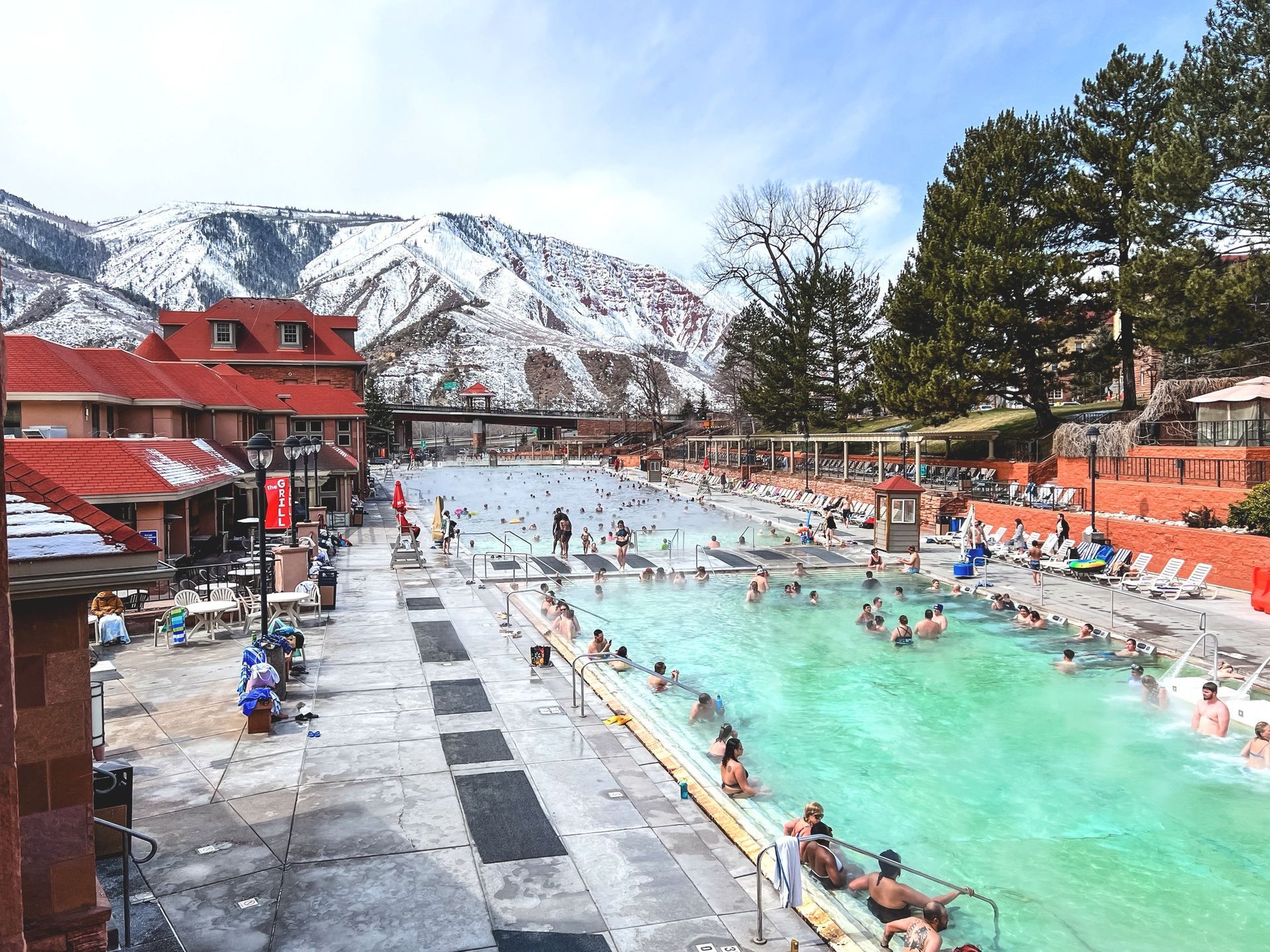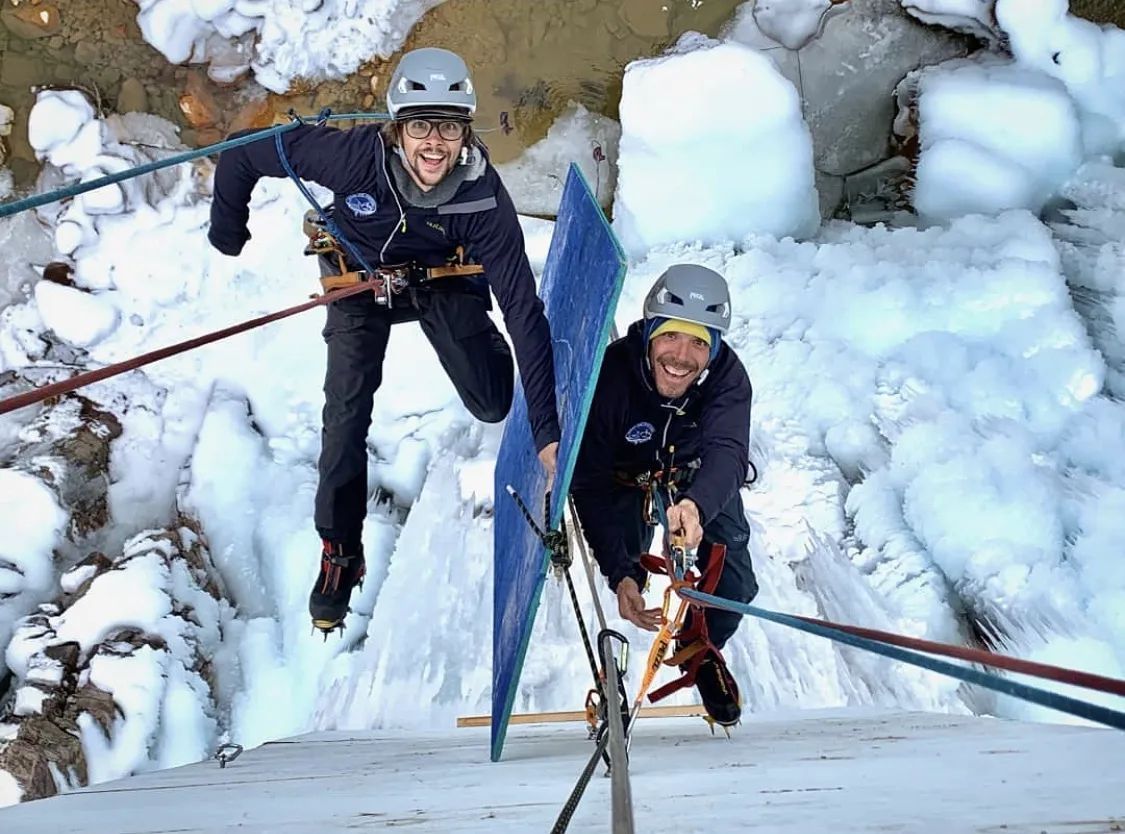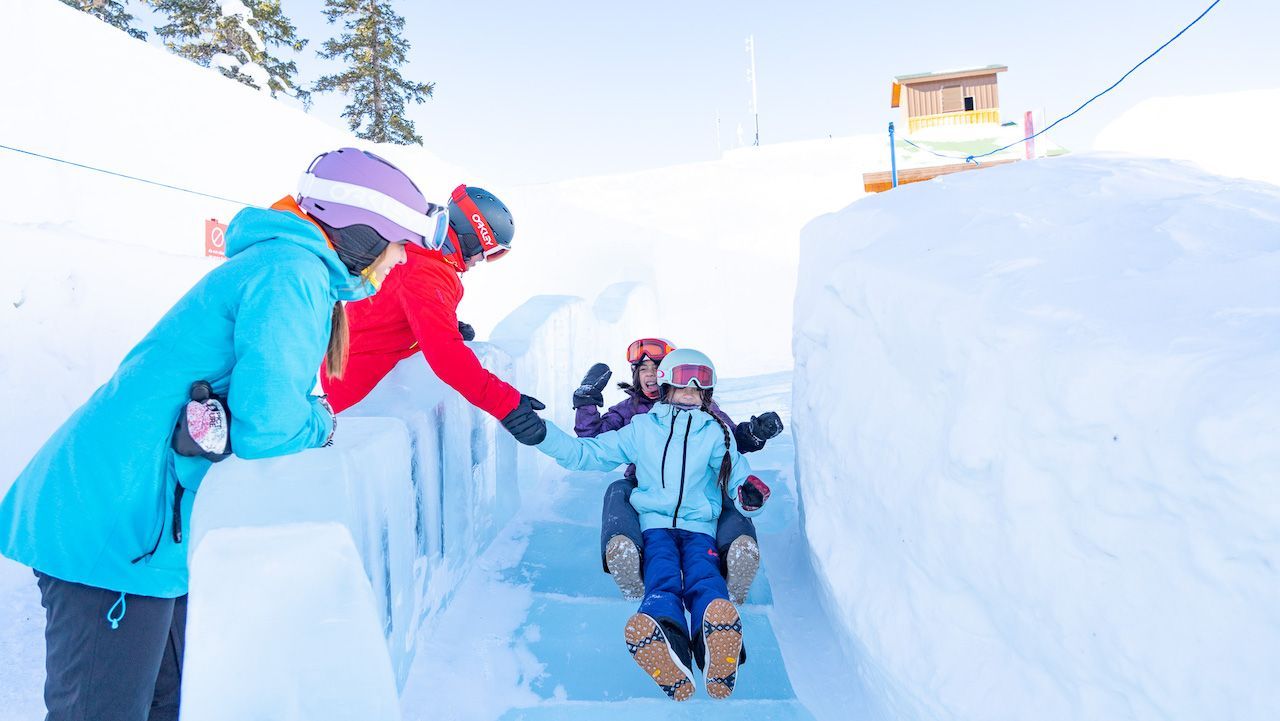World's Largest Alpine Valley: The San Luis Valley in Colorado sets world record
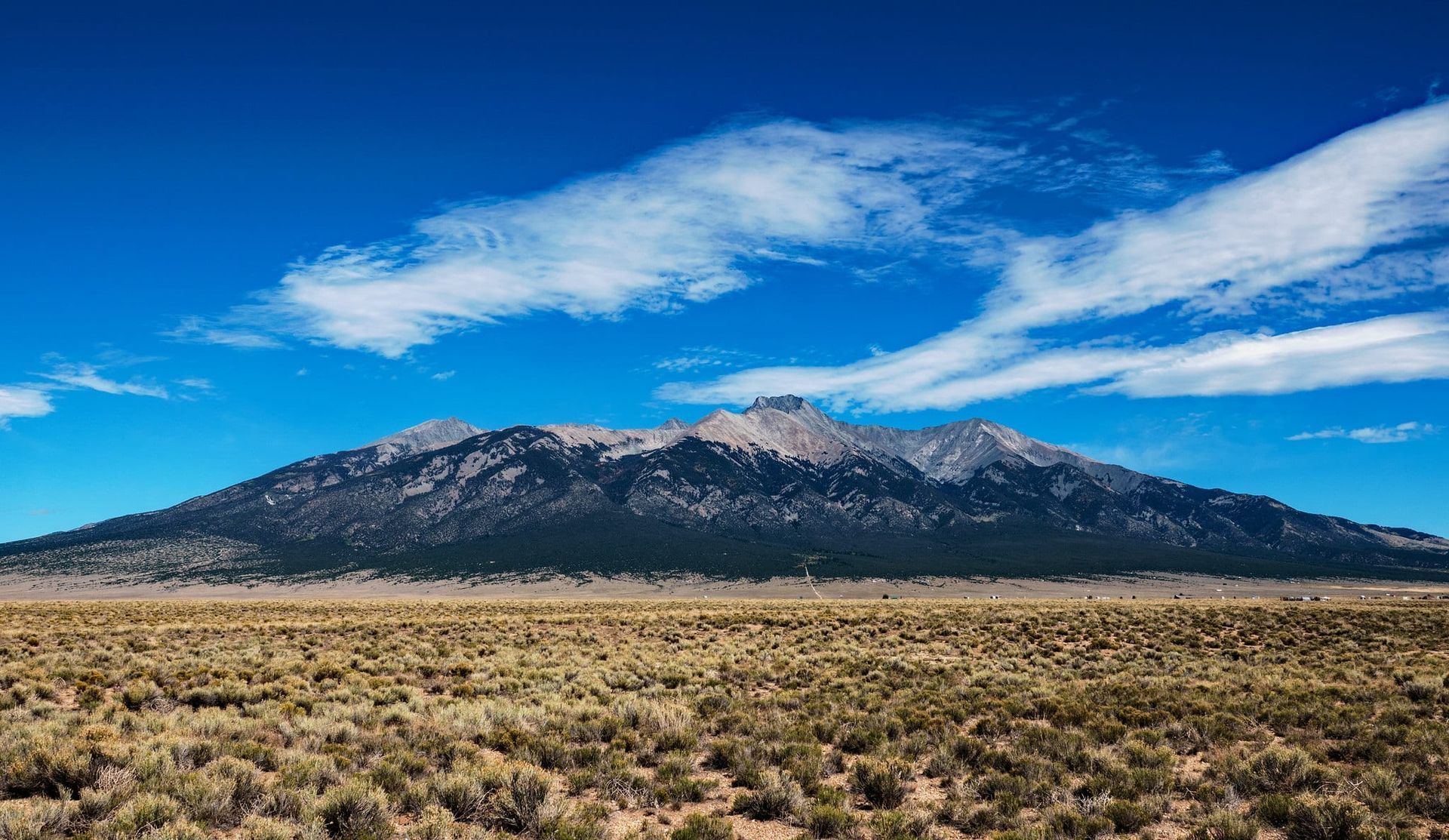
San Luis Valley, Colorado, United States--The San Luis Valley, a region in south-central Colorado with a small portion overlapping into New Mexico, is approximately 122 miles (196 km) long and 74 miles (119 km) wide, extending from the Continental Divide on the northwest rim into New Mexico on the south; it is an extensive high-elevation depositional basin of approximately 8,000 square miles (21,000 km2) with an average elevation of 7,664 feet (2,336 m) above sea level; it sets the world record for being the
World's Largest Alpine Valley, according to the WORLD RECORD ACADEMY.
"The vast, flat surface of the valley floor at 7,500 feet is bordered on the east by the sharply rising Sangre de Cristo Mountains, which ascend to 14,000-foot peaks, and to the west by the more gradually rising foothills and 12,000-foot peaks of the San Juans, which mark the Continental Divide.This is also home to the Great Sand Dunes, which are the tallest dunes in North America and of the Great Sand Dunes National Park and Preserve," the San Luis Valley Development Resources Group says.
"Boundaries of the San Luis Valley region are represented by the six counties of Alamosa, Conejos, Costilla, Mineral, Rio Grande, and Saguache, each maintaining a separate identity but economically interdependent. About 122 miles long from north to south, and about 74 miles across, this covers an area of 8,193 square miles; larger than the state of Massachusetts, but with a combined population of around 46,000."
Photos: Colorado Office of Economic Development and International Trade
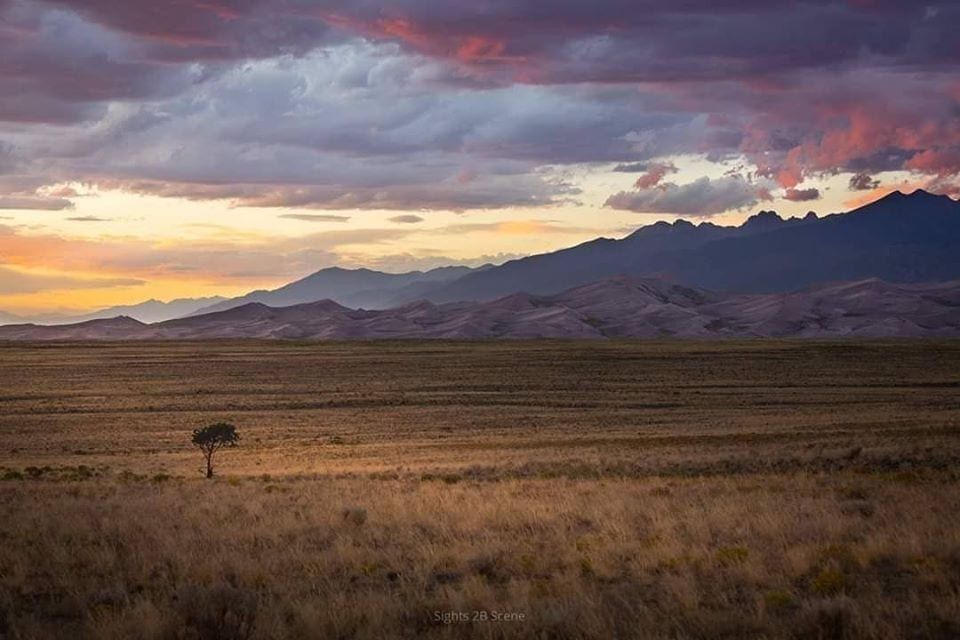
"The San Luis Valley is a region in south-central Colorado with a small portion overlapping into New Mexico. The valley is approximately 122 miles (196 km) long and 74 miles (119 km) wide, extending from the Continental Divide on the northwest rim into New Mexico on the south. It contains 6 counties and portions of 3 others. It is an extensive high-elevation depositional basin of approximately 8,000 square miles (21,000 km2) with an average elevation of 7,664 feet (2,336 m) above sea level. The valley is a section of the Rio Grande Rift and is drained to the south by the Rio Grande, which rises in the San Juan Mountains to the west of the valley and flows south into New Mexico. The San Luis Valley has a cold desert climate but has substantial water resources from the Rio Grande and groundwater,"
Wikipedia says.
"Tourist attractions suggested by National Geographic Traveler include the Monte Vista Crane Festival in March, Los Caminos Antiguos, a regional road network, the Luther Bean Museum at Adams State University. Multiple Hot springs the Sand Dunes Swimming Pool Hot Spring and Joyful Journey Hot Springs. The Firedworks Gallery on Main Street in Alamosa for regional history and art, and regional Mexican food. Also recommended near Alamosa for wildlife viewing are The Alamosa Ranch north of town and the Alamosa National Wildlife Refuge to the southeast. To the northeast of Alamosa lie the San Luis Lakes State Wildlife Area, the San Luis Lakes and the Great Sand Dunes National Park.
"At Fort Garland, Colorado south of the Great Sand Dunes on U.S. Highway 160 the Fort Garland Museum is recommended and further south on State Highway 159 at San Luis, Colorado, the oldest town in Colorado, the bronze sculptures by Huberto Maestas, depicting the Stations of the Cross. From San Luis, the National Geographic road trip suggests traveling west on State Highway 142 through Manassa, Colorado, then south on U.S. Highway 285 past Conejos, Colorado then west on State Highway 17 over Cumbres Pass to Chama, New Mexico paralleling the route of the narrow gauge Cumbres & Toltec Scenic Railroad."
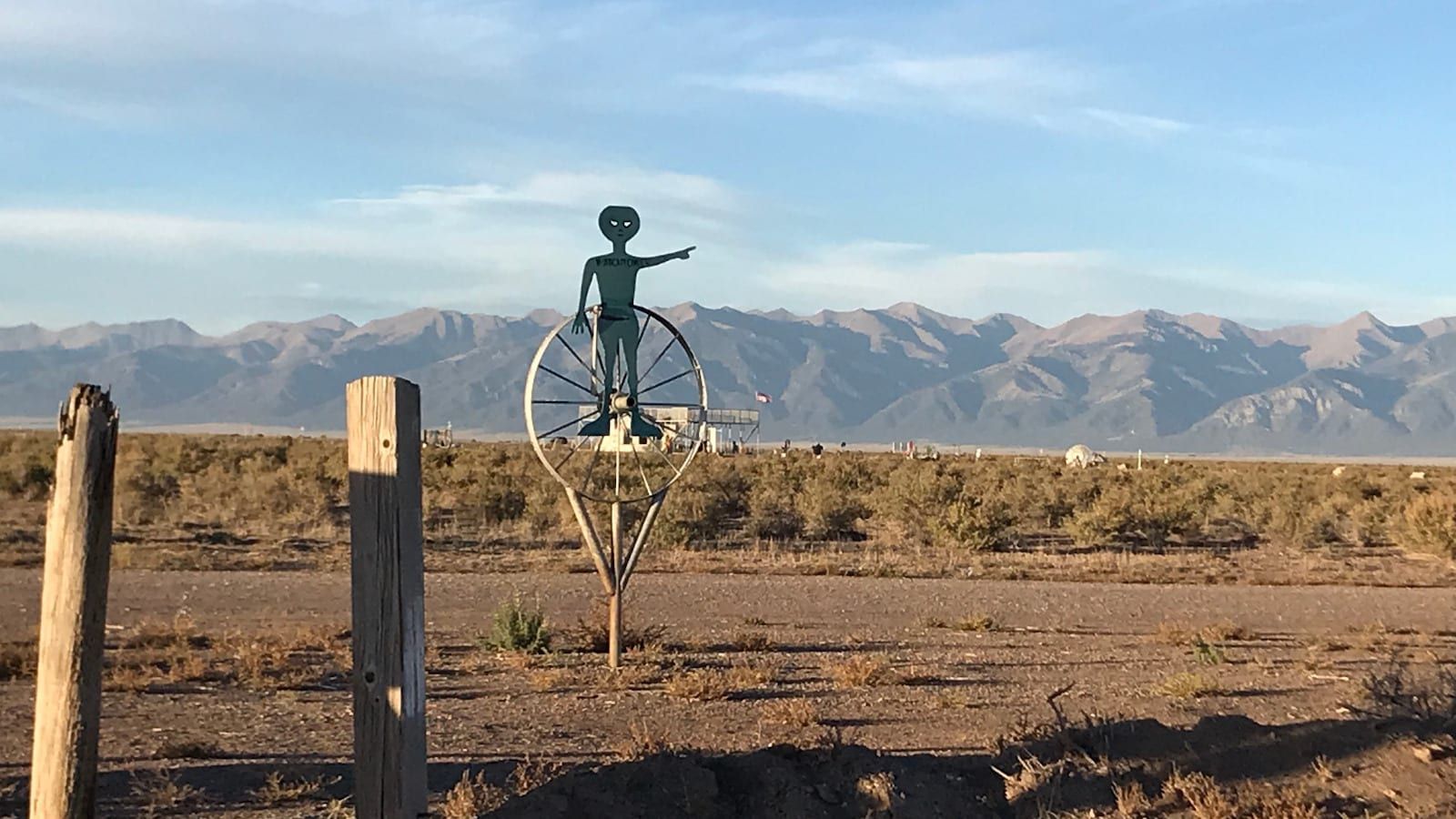
"Located in the south-central portion of the state, the San Luis Valley is the largest alpine valley on earth at 122 miles long and 74 miles wide," the Only In Your State reports.
"Housing such iconic landmarks as the Great Sand Dunes National Park and Preserve (pictured), the San Luis Valley features different landscapes like the arid desert, majestic mountains, and prairie brush.
"Stretching from the San Luis Hills of Colorado all the way down to the Taos Plateau of northern New Mexico, most of the San Luis Valley sits at an elevation of 7,664 feet, making it not only the world's largest but also one of the world's highest valleys."
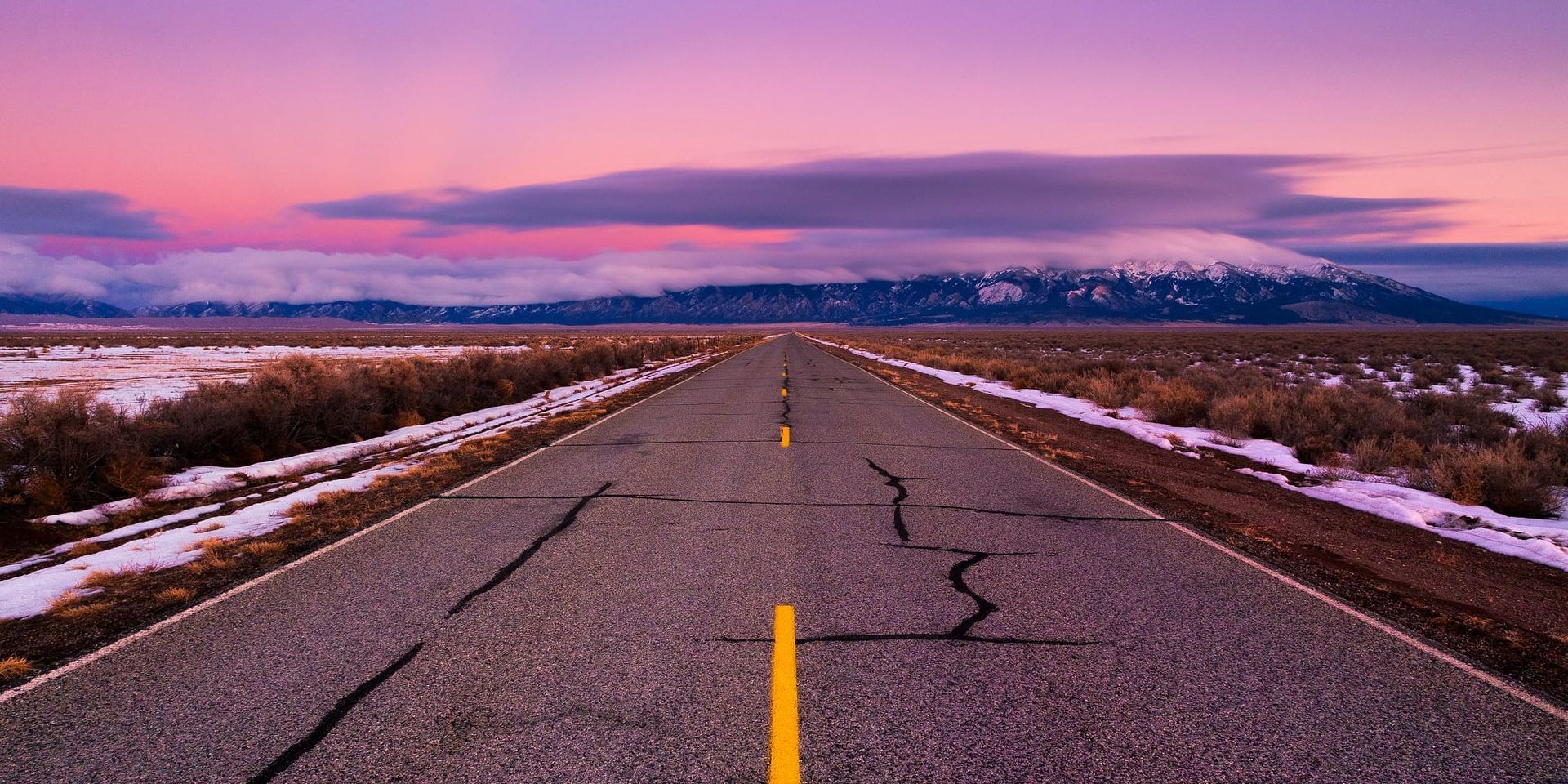
"A spiritual, intriguing land offering a sense of peace amid epic 100-mile views and sand dunes circled by soaring peaks, the valley is peppered with the legacy of American Indian, Hispanic and European settlers and explorers, steeped in history and ripe with folklore," the
The Official Site of Colorado Tourism says.
"Visit southern Colorado, and you’ll find that the landscape has remained largely unchanged over the course of centuries. Hardy towns are spread across the windswept plains, including Alamosa, Del Norte, Walsenburg and San Luis — dating back to 1540, it’s the oldest in the state. A strong sense of community anchors these places and is fostered by down-to-earth people who love the outdoors and take advantage through mountain biking, scenic hikes, skiing and other pursuits.
"The Rio Grande River snakes across the valley, providing an opportunity for whitewater rafting, fly-fishing on the longest stretch of the state’s Gold Medal waters, camping and stand-up paddleboarding. North America’s tallest sand dunes are a dramatic backdrop against the Sangre de Cristo mountains at Great Sand Dunes National Park & Preserve, where you can sandboard or sled down the naturally occurring dunes. In the spring and early summer, don’t miss as Medano Creek mysteriously flows down from the mountains, creating a beach oasis perfect for building sandcastles and skimboarding. Not too far from the park, a short hike to Zapata Falls reveals a cool respite in the summer and a giant ice sculpture in the winter."
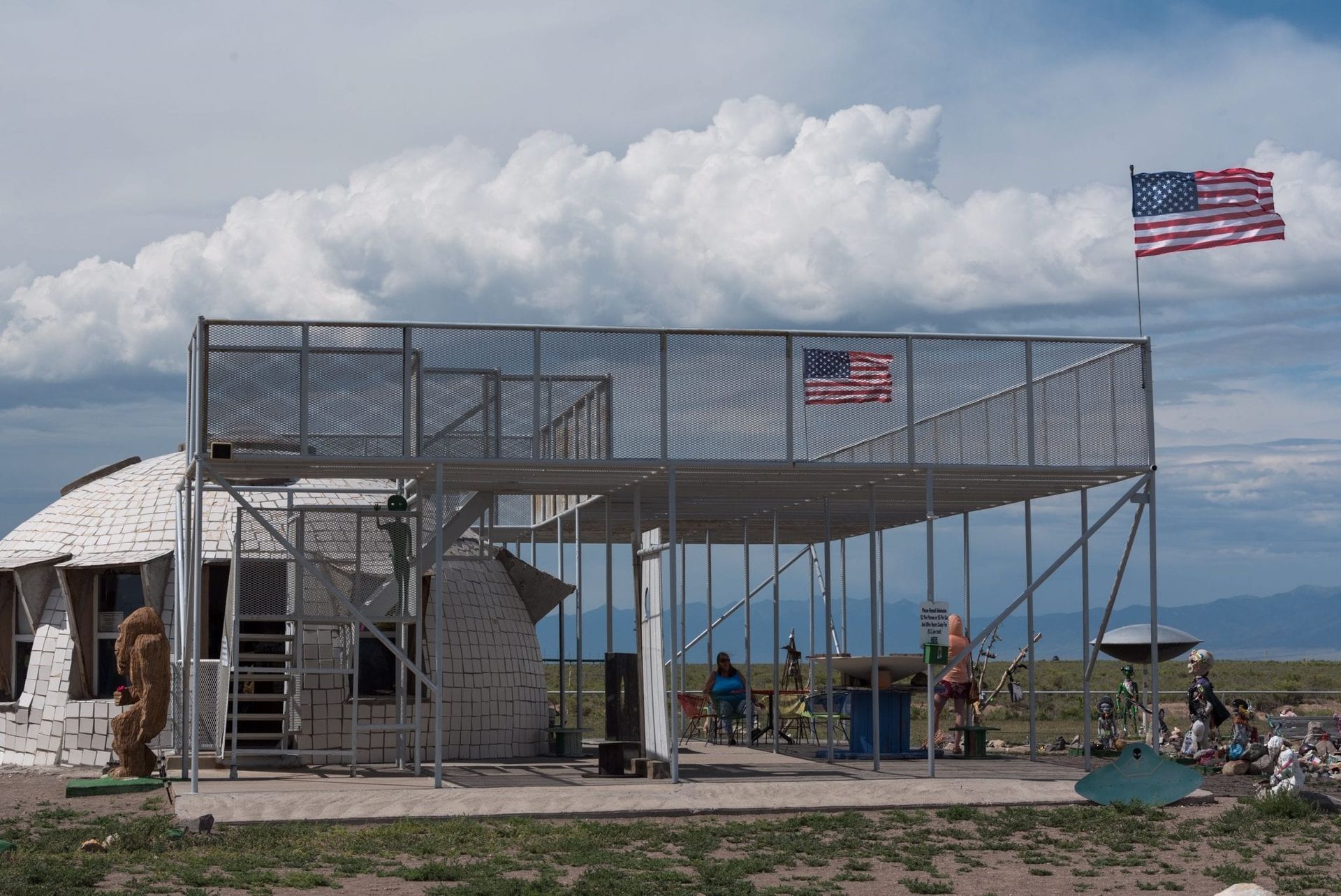
"This large, flat intermountain valley varies from 40 to 65 miles east to west and is approximately 100 miles north to south in size. The valley floor rests at about 7600 feet above sea level," the Colorado Official State Web Portal says.
"Outlining this huge valley are the snow-covered peaks of the Sangre de Cristo Mountains on the east and the San Juan Mountains on the west.
"The immensity of the Valley with the surrounding mountains provides a breathtaking panoramic view. The San Luis Valley is said to be the highest and largest alpine valley in the world."
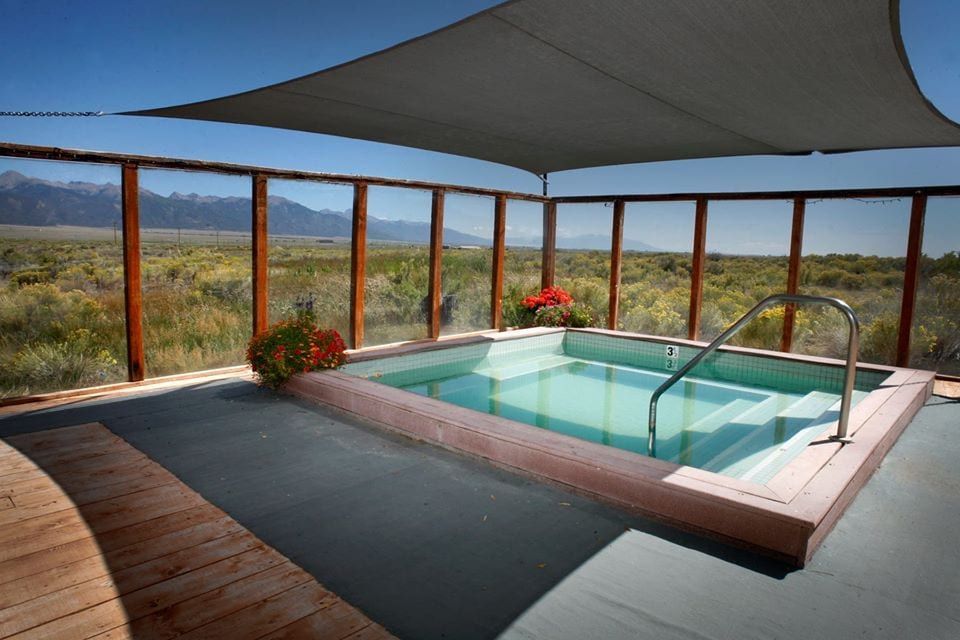
"The vast, flat surface of the valley floor at 7,500 feet is bordered on the east by the sharply rising Sangre de Cristo Mountains, which ascend to 14,000-foot peaks, and to the west by the more gradually rising foothills and 12,000-foot peaks of the San Juans, which mark the Continental Divide.This is also home to the Great Sand Dunes, which are the tallest dunes in North America and of the Great Sand Dunes National Park and Preserve," the San Luis Valley Development Resources Group says.
"Boundaries of the San Luis Valley region are represented by the six counties of Alamosa, Conejos, Costilla, Mineral, Rio Grande, and Saguache, each maintaining a separate identity but economically interdependent. About 122 miles long from north to south, and about 74 miles across, this covers an area of 8,193 square miles; larger than the state of Massachusetts, but with a combined population of around 46,000.
"Within its borders, the Valley harbors great diversity of natural and cultural settings. Landscape on the floor of the Valley changes dramatically with the presence of water. From its headwaters in the San Juans to the Texas coast, the Rio Grande is the nation’s second longest river and the lifeblood of the Valley’s agriculture and development in general. Canals and ditches from the Rio Grande and the Conejos River as its major tributary, supply one of the state’s most important farming areas, famous for its potatoes, beer barley, alfalfa, and other crops."
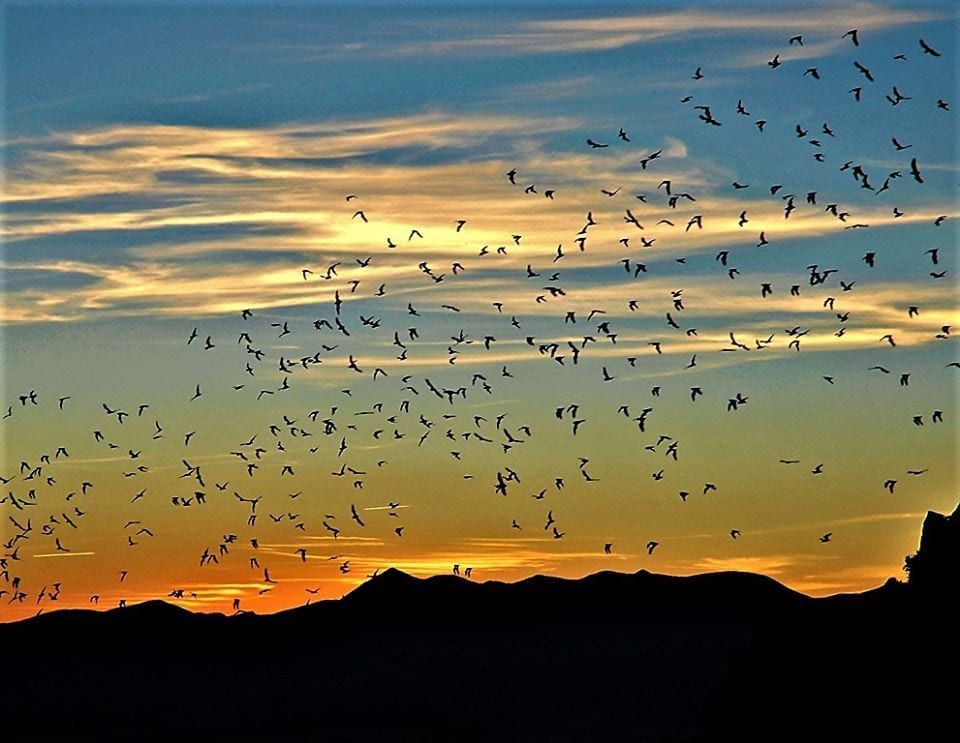
"The San Luis Valley is “Colorado Genuine” surrounded by majestic mountain ranges cradling the state’s most fertile valley at the headwaters of the historic Rio Grande, a spiritual center of indigenous populations enhanced by a rich Hispanic legacy.
"The region incorporates six counties including Alamosa, Conejos, Costilla, Mineral, Rio Grande and Saguache, that today embraces a natural diversity of the essence of Colorado. The uniqueness of this high altitude, 8,000 square-mile region is an expansive sense of place that has abundant sunshine, open blue skies and vivid starlit nights.
"With its distinctive communities and supportive business environment, San Luis Valley is a journey with a destination for everyone. This alpine valley is a tranquil alternative to urban crowding promising to be a place that awakens your potential & sustains opportunity," the Colorado Office of Economic Development and International Trade says.
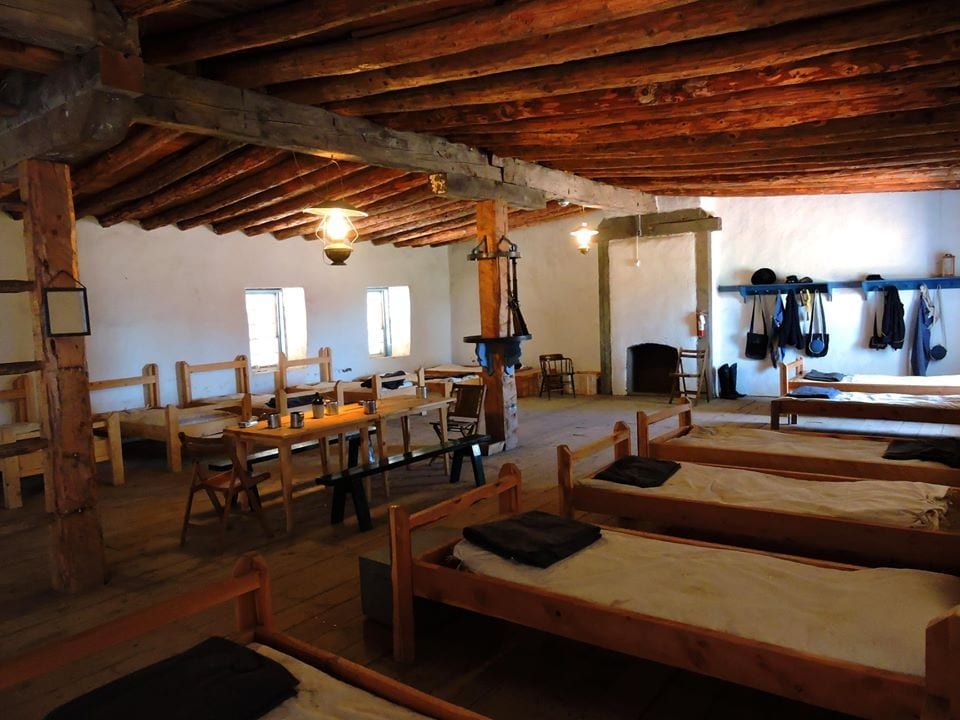
"Spanning almost 8,000 square miles, the San Luis Valley is the world's largest alpine valley. The average altitude is 7,500 feet, so it can be very warm in the summer and very cold at night in the winter. With the Sangre de Cristo Mountains to the east and the Rio Grande to the west," the
Mountain Project says.
"The San Luis Valley sits atop the Rio Grande Rift, a split in the crust of the Earth where the sides are pulling away from each other. If the Valley floor were excavated, bedrock would be down about 30,000 feet, making the bottom of the Valley close to 4 miles below sea level.
"Over millenia, the mountains surrounding the Valley have eroded away, filling in the hole with rock, sand and earth. Quite a few streams flow into the Valley, only to sink into the ground before they go very far."

"A bit supernatural and mysterious, the mystical San Luis Valley is one of the more unusual and beautiful parts of Colorado. With impressive mountain peaks, rolling sand dunes, wide-open spaces, unique events, rich history, and endless outdoor recreational opportunities, a trip to the valley should be on everyone’s Colorado bucket list," the Uncover Colorado reports.
"One of the best ways to discover the history of the San Luis Valley is to take a drive along the Los Caminos Antiguos. This national scenic byway encompass the major trade route of the Old Spanish Trail and provides a unique glance at the valley’s landscape. The route will take you from Alamosa to Antonito, CO, on the southern end of the San Luis Valley.
"Located in the south-central part of Colorado, the valley dips its toes into northern New Mexico and spans more than 500,000 acres of public land. Surrounded by the peaks of the Sangre de Cristo Mountains to the east and the San Juan Mountains to the west, the valley is home to 14,000-foot jagged peaks, towering sand dunes, hot springs, waterfalls, and is the headwaters to the Rio Grande River."

World's Largest Alpine Valley: The San Luis Valley in Colorado
Address: San Luis Valley, Colorado 81136, US
Directions: From the Denver Metro area, you can go US 285 West all the way into the valley. You can also take I-70 to CO 91 through Breckinridge to US 24 South to US 285.
From Grand Junction, you can take US 50 East to US 285 near Poncha Springs, then go south on US 285.
From Durango, you can take US 160 East to US 285 North.
Photos: World's Largest Alpine Valley: The San Luis Valley in Colorado sets world record
(1) View of Mount Blanca from Alamosa. Photo by 32Groove/
(2) Distant views of the Sand Dunes National Park. Photo by Visit Alamosa Facebook
(3) Have aliens been visiting the San Luis Valley?! Photo: Bryan Pocius
(4) Twilight over the Sangre de Cristo Mountains in the San Luis Valley. Photo by Bryce Bradford
(5) UFO Watchtower and campground. Photo: Uncover Colorado
(6) Joyful Journey Hot Springs Photo by Joyful Journey Hot Springs Facebook
(7) Bats fly high at the Orient Land Trust. Photo by Orient Land Trust Facebook
(8) Inside the barracks of the Fort Garland Museum. Photo by Fort Garland Museum Facebook
